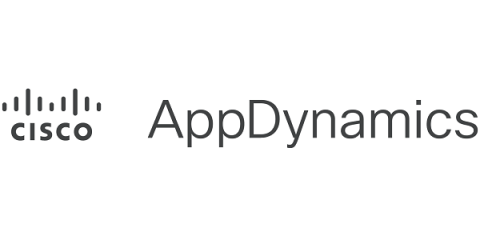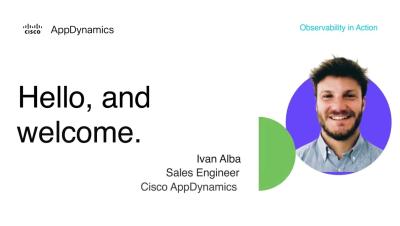Maximize the campus experience with next generation observability
See how higher education institutions can leverage full-stack observability to provide the best possible application experiences for students, staff and faculty. Now more than ever, delivering a superior user experience is fundamental to digital transformation — and not just in the corporate world. Higher education has discovered the value of digital experiences for engaging and supporting students, keeping faculty productive and satisfied and creating efficiencies that save money.







